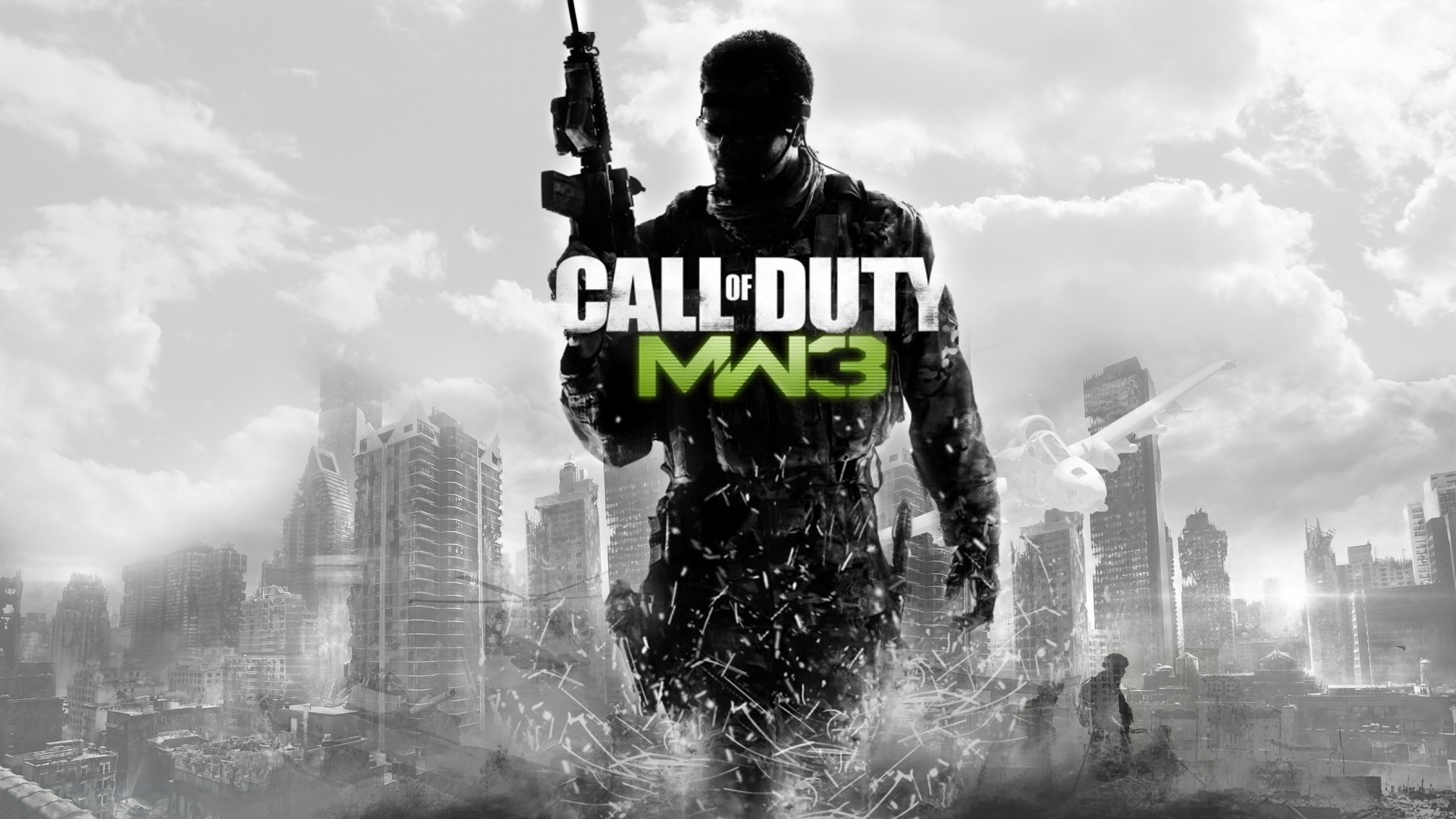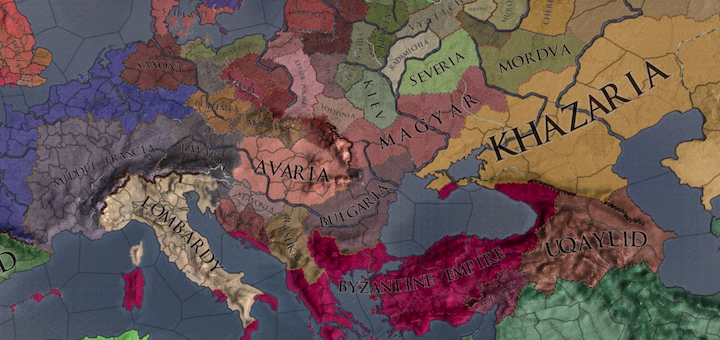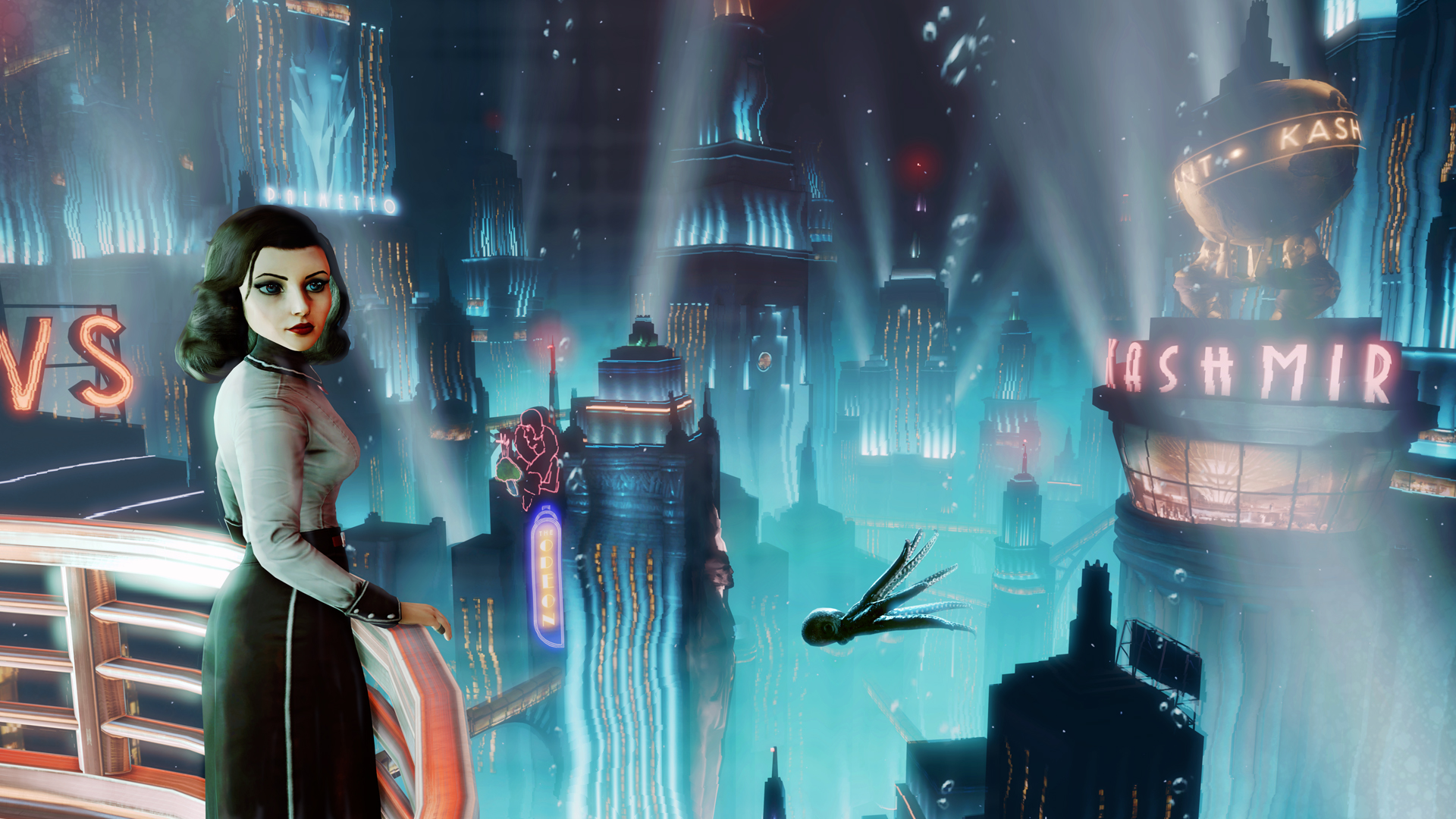Women in the game industry, or women as gamers, have been an increasingly popular topic in the media. Just this week, two friends who have nothing to do with gaming sent me articles about women in gaming that they came across in their daily non-game reading. This is a positive thing, no matter how you slice it. The more often we talk about and hear about women in the industry, the more that can become “the norm.” The more “normal” it becomes to associate women with gaming, the more women will consider game programming or design as a viable career option in college. The more that happens, the more equal the representation becomes. So, when I begin my rant here in a minute, don’t think that I am trying to undercut what’s happening. I 100% support articles about women in gaming making their way into the mainstream news.
There is, however, one trend that I see in these articles that I find telling (in a PC sense) and horrifying (in a personal sense). Almost all of these articles cover in some significant way the abuse that women face in the gaming industry. So far? So good. Talking about this topic without talking about the rampant sexual assault, insults, abuse, lack of respect, and pay disparities women face on a daily basis would be an inaccurate representation. In a lot of ways, this daily abuse characterizes my involvement with the game industry. It has defined what I focus on in my scholarly research, and staggering statistics about abuse is one of the reasons Sam and I wanted to start this blog. However, in almost every case, these articles report the abuse being perpetrated by “trolls.”
From the interviews we have done here, from the statistics, from the different “trial by internet” accusations that have surfaced we know that this abuse is not happening at the hands of some unsocialized outlier. The abuse is happening by programmers, CEOs, managers, PR reps, conference organizers, and so on. A troll is
“A mythical, cave-dwelling being depicted in folklore as either a giant or a dwarf, typically having a very ugly appearance.”
Or a troll is
“someone who posts inflammatory, extraneous, or off-topic messages in an online community, such as a forum, chat room, or blog, with the primary intent of provoking readers into an emotional response or of otherwise disrupting normal on-topic discussion”
Unfortunately, sexism in the industry is not extraneous, off-topic, and it is certainly not disruptive to normal discussion. The sexism is the norm, not the exception. Now, I’m not saying that every dude in the industry just walked around all day in a grabbing motion, but I imagine you would be hard-pressed to find even one woman in gaming that hasn’t experienced sexism/abuse in their field, at an industry conference, or in their workplace.
Painting these perpetrators as trolls does three things:
- It lessens the severity of the abuse. By associating abuse with the caricature of the troll, it takes aware the seriousness of the crime (and yeah, it’s a crime to grab somebody’s tits without permission). It associates this behavior with something that happens anonymously and that we come to expect as normal. There are Internet trolls everywhere and we can’t do anything about them—so we just have to accept the behavior.
- It allows those in the industry to continue to ignore the problem. Painting the “troll” as the abuser separates the industry from the abuse. Trolls typically aren’t a part of any organization. They are lone wolfs who act with the sole purpose of disruption.
- It makes the problem something personal rather than something that is institutionalized. Whether it’s porn being hung up in office cubicles, laughing in someone’s face when they suggest considering women as audience members, passing over that one woman because she is always causing problems, not hiring a woman because she wouldn’t be able to handle the sexual talk in the office, or groping a booth babe at a conference, these problems are institutionalized. Lack of company policy forbidding these behaviors or holding those who hire and fire accountable show that from the top of the company to the bottom women are not respected nor are they welcomed.
I suppose my point isn’t to point fingers at the authors here, because I am so glad that this information is getting out to the public. But I think we should all make it our mission to stop scapegoating the invisible troll for the abuse of women and start seeing it as it is: as an institutionally recognized (and supported in many cases) norm. The change needs to happen at an institutional level, in addition to holding individuals responsible. I think we can do this by changing the conversation through the recognition that this is an industry problem, not the problem of random people acting on their own.





2 thoughts on “Scapegoating Trolls: Sexism as an Institutional Norm in the Gaming Industry”
Nicely put. I’d also like more scrutiny at the player level instead of the usual defenders/apologists who rush to defend any man or devs accused of sexism. I’m not sure if I’ve seen worse application of the term “free speech” in regard to video games or politics, haha. When players or devs say stupid shit we gotta call them on it. Players of today are the devs of tomorrow and all that.